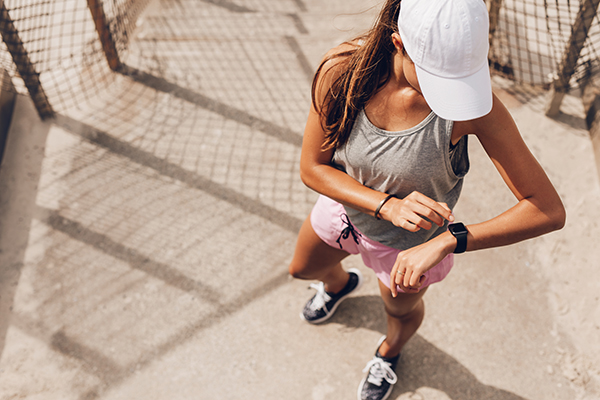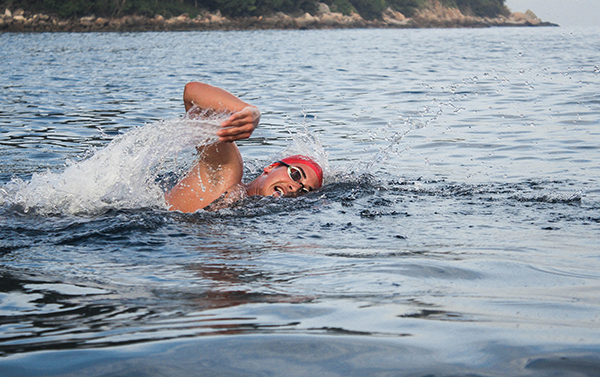
Why Athletes Should Focus on Breathing
The average person breaths approximately just under 700 million times throughout their life, and if you’re old enough to read this, you’re probably pretty good at breathing already after doing it at least a few million times by now, if not tens or hundreds of millions of times… So, why write a blog about breathing?
Well, there’s breathing and then there’s breathing. The importance of training your breath through focused and purposeful breathing techniques has long been a central part of activities such as meditation, yoga, movement and mobility training. It’s been found to have both therapeutic and stress reducing effects, and nowadays is commonly practiced by athletes.

Studies have shown that training your inspiratory muscles can actually lead to improvements in athletic performance. Dr. Lomax at the University of Portsmouth discovered that athletes who did inspiratory muscle training were able to improve their times by 12%. Another study illustrated that runners who breathed in time with their stride had the highest level of performance.
The Habit of Breathing
We all know how to breathe, but we may well have developed some bad habits over the course of our life. Just try this; breathe in for a few seconds, and now exhale for a few seconds. It might feel odd to a certain extent, because many of us out there draw minimal breath into the lungs by breathing from the chest instead of the diaphragm. This is called shallow breathing.
Shallow breathing can result from slouching for instance, or bad posture, stress, anxiety, or physical restriction. Instead of breathing in through our chest, we should try and breathe in through our belly. Think of a baby breathing, you see their belly rise and fall each breath. That’s how it should be done…follow the babies out there. But seriously, shallow breathing can cause tension in our neck, shoulders and chest, which can negatively impact posture and sporting performance.

Belly Breathing
So, why not try to practice diaphragmatic breathing. This is the belly breathing that you see babies do. Try sitting on the floor with your knees bent and feet flat (either on the floor or on a wall) or sit upright in a chair (most importantly you want your back to be supported). Focus on your breath, close your eyes, draw your shoulders away from your ears. Put one hand on your chest and one on your bellybutton. Allow your belly and ribcage to rise and fall, breathing deeply through your nose. Try this for 5-10 minutes.
The more you practice, the more natural it will become. You can try it as part of your warm-up before training, or at time when you feel physical or mental tension/stress in the body; before a big event perhaps. Diaphragmatic breathing helps to relax and restore the body, improve your circulation, calm the nervous system and increase breath capacity, and in turn, can help to increase sporting performance.
We get it, you can breathe just fine, but for you athletes out there, you want to be breathing better than ‘just fine’. Try out some breathing techniques and see what impact it can have on your sporting performance. Who knows, the results
Swimming Photo by TALAVIYA RAHUL on Unsplash
Swimmer with Red Cap Photo by Alejandra Ezquerro on Unsplash
You might also be interested…
Is Cycling or Running Harder on Your Body?
Cycling and running require different levels of stamina and different muscle groups. So, which is harder on your body? Read on to find out.
A Beginner’s Guide to Running
Running is brilliant for your mind and body. For beginners, it can be hard to know where to start. Here’s our beginners guide to running.


